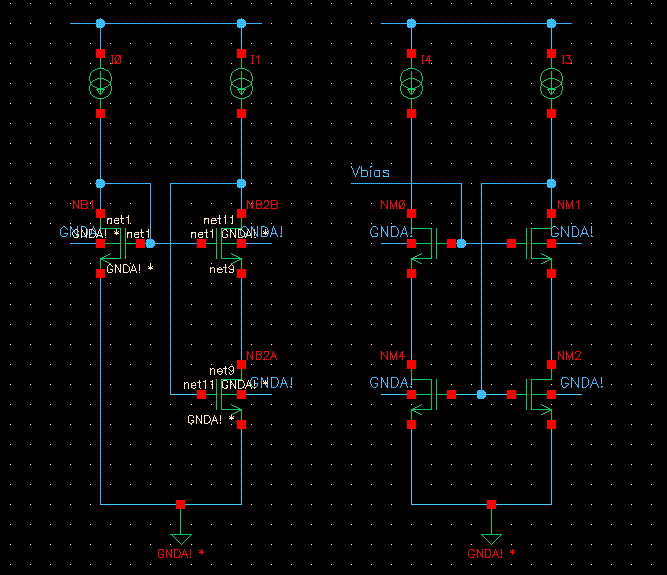alicia8283
Junior Member level 2

high swing cascode current mirror
hi all,
I am beginner for analog design. Can somebody help me to explain the difference between that two circuit that i uploaded?

the right hand side is the normal high swing cascode current mirror that i normally read, but i don very understand for the left hand side's current mirror.
i guess that's also high swing current mirror? But will it caused mismatch to connect in this way? how should i derive the equation for it?
thank you very much for your help
hi all,
I am beginner for analog design. Can somebody help me to explain the difference between that two circuit that i uploaded?

the right hand side is the normal high swing cascode current mirror that i normally read, but i don very understand for the left hand side's current mirror.
i guess that's also high swing current mirror? But will it caused mismatch to connect in this way? how should i derive the equation for it?
thank you very much for your help








